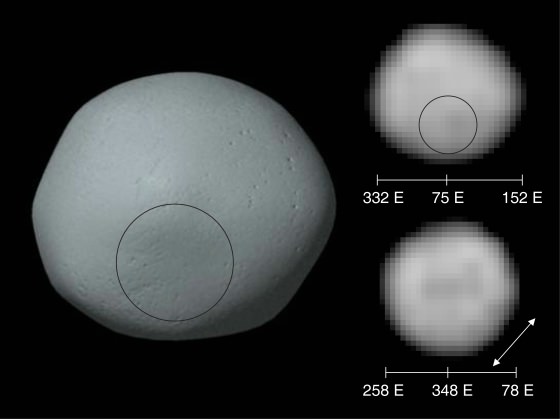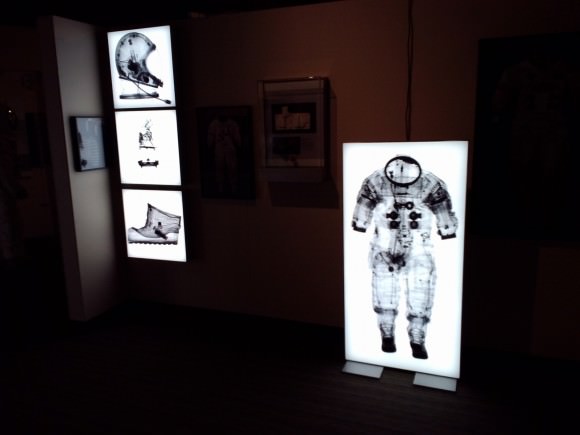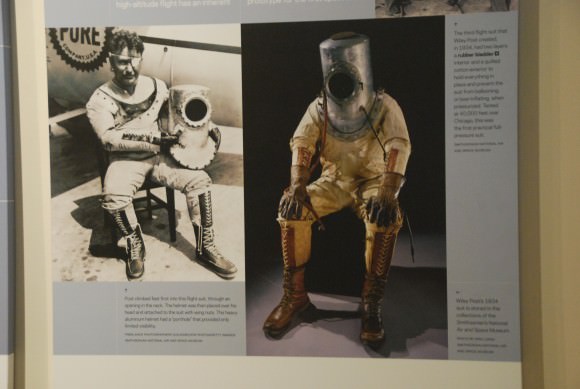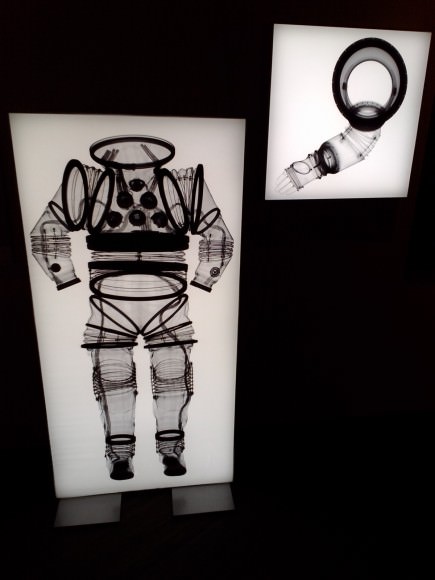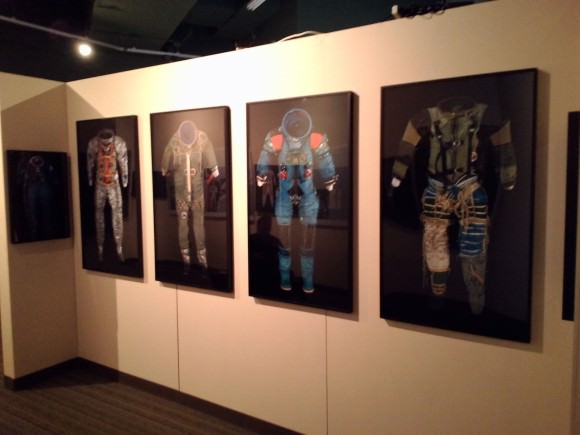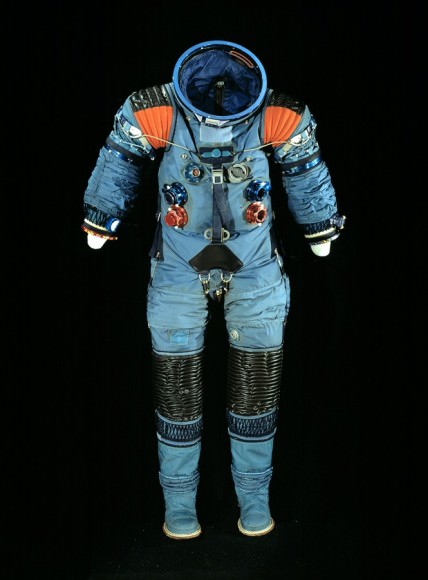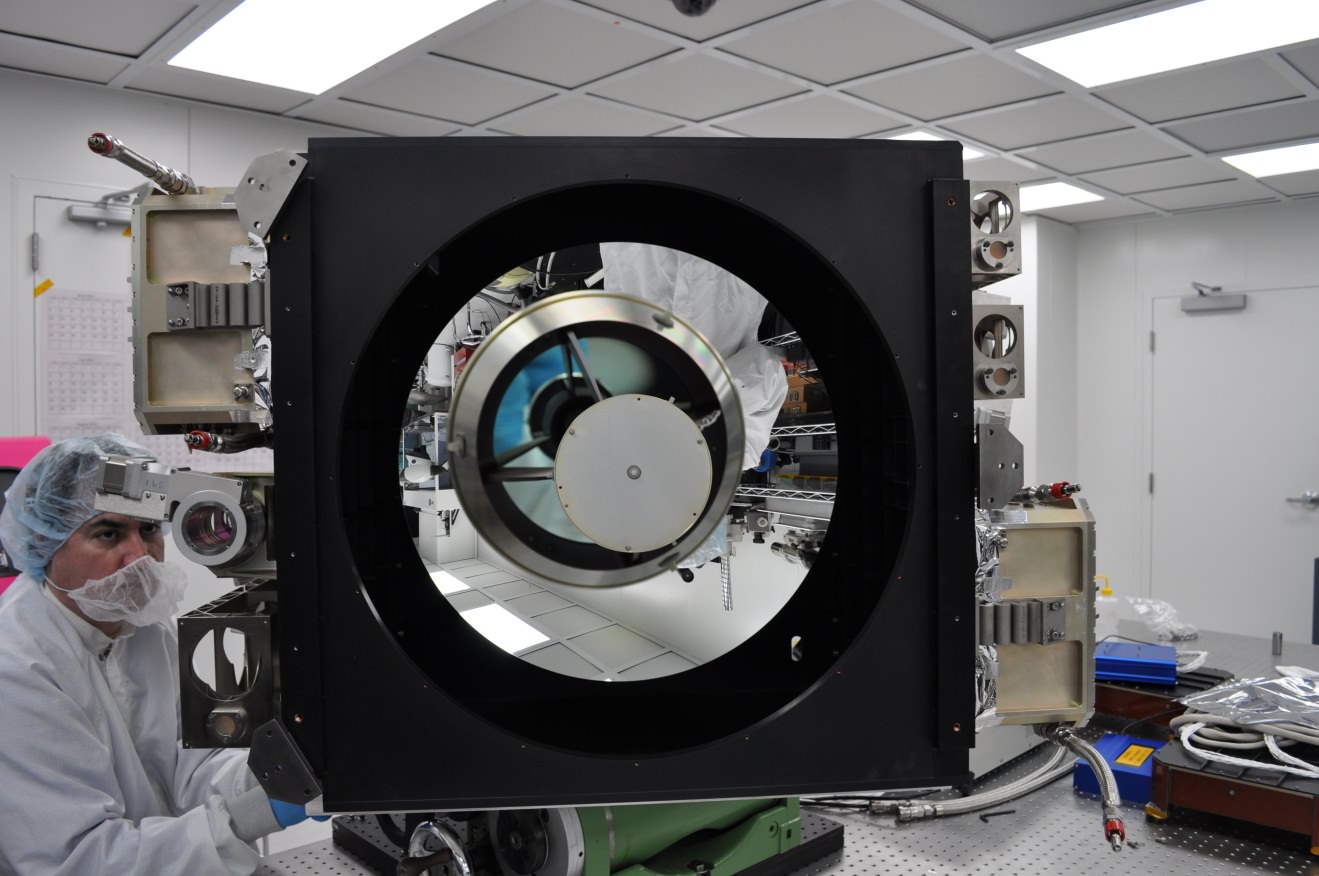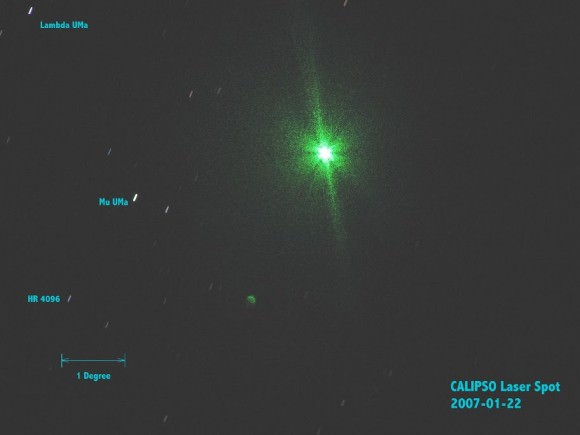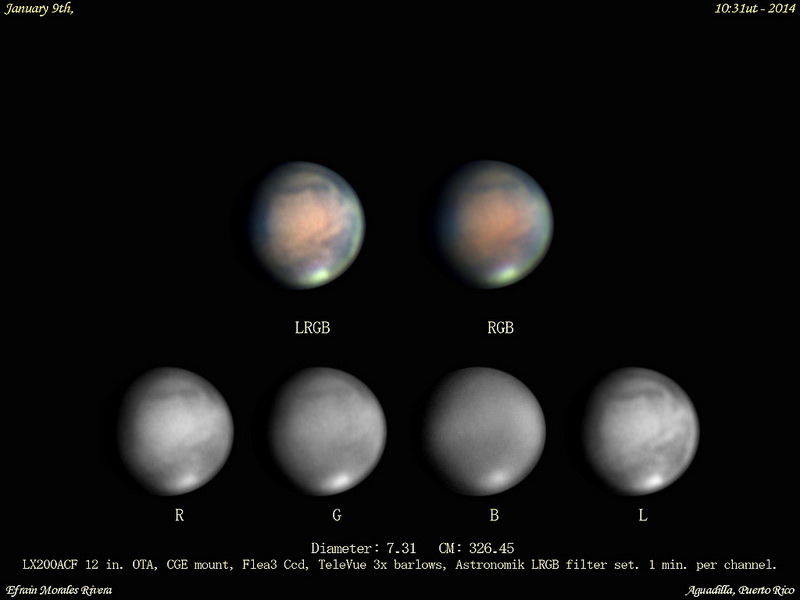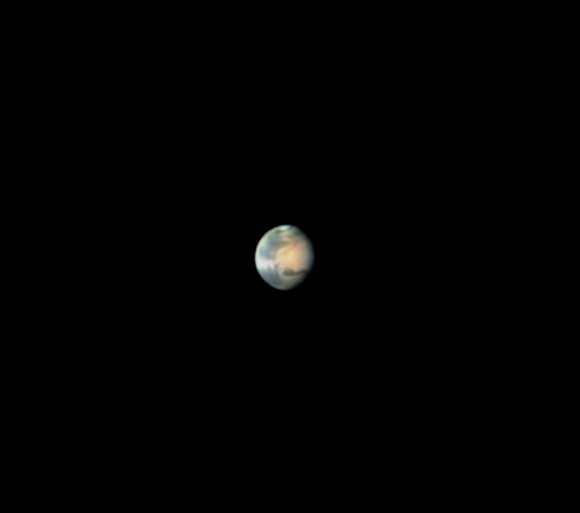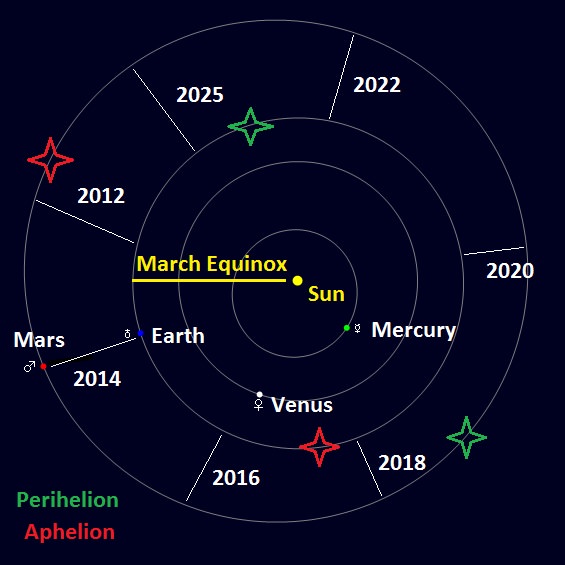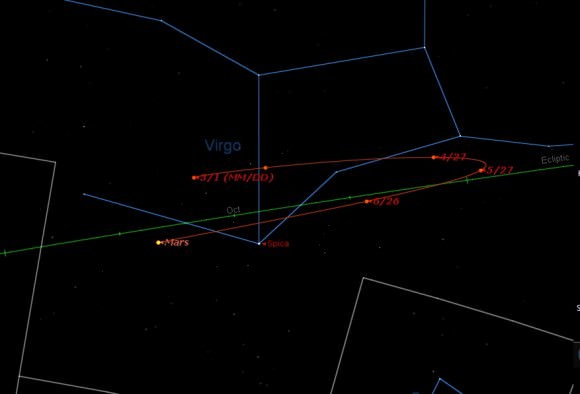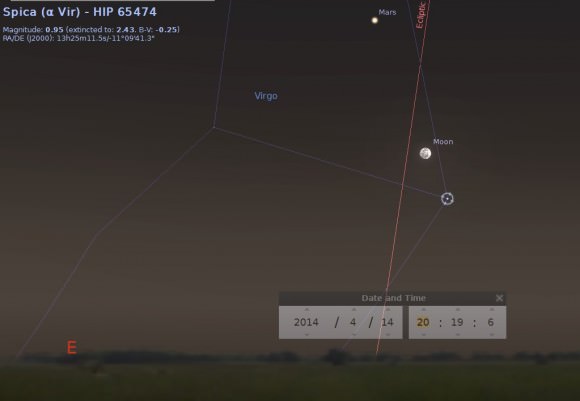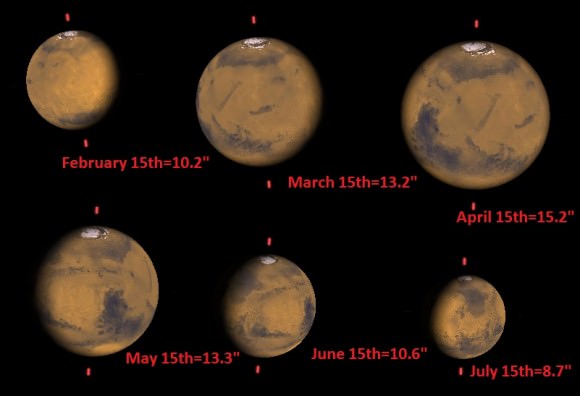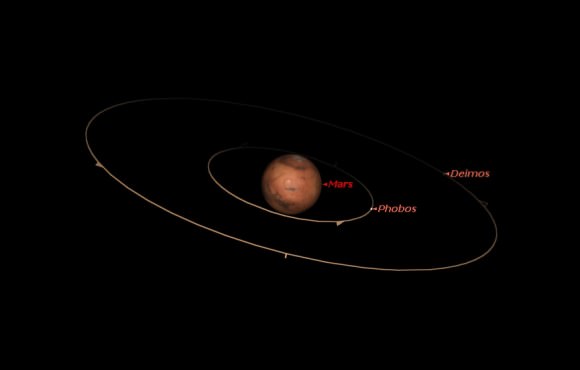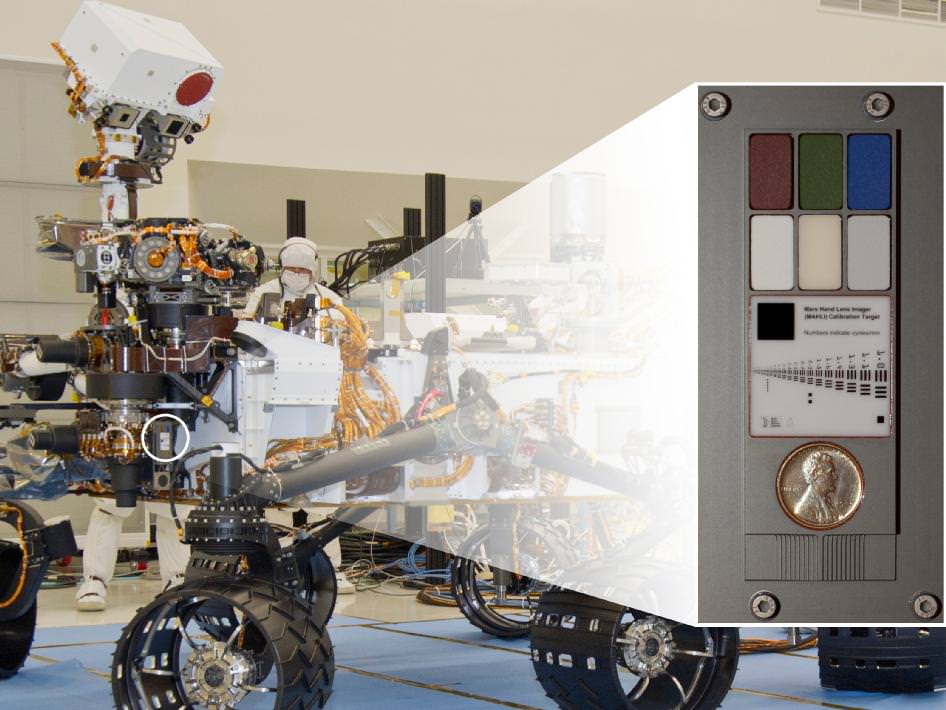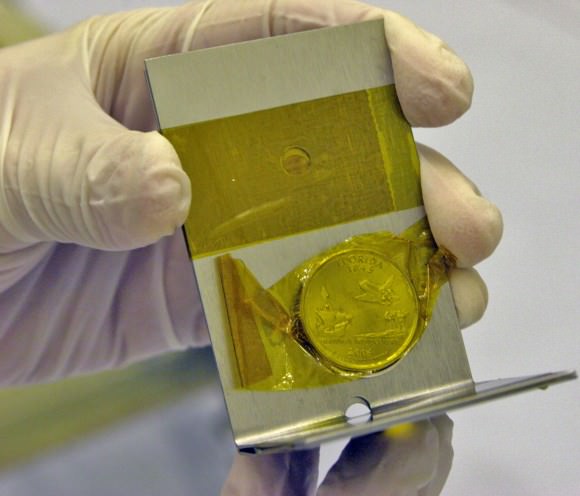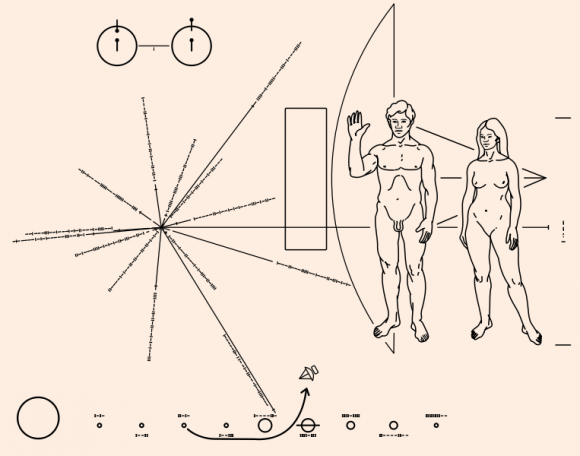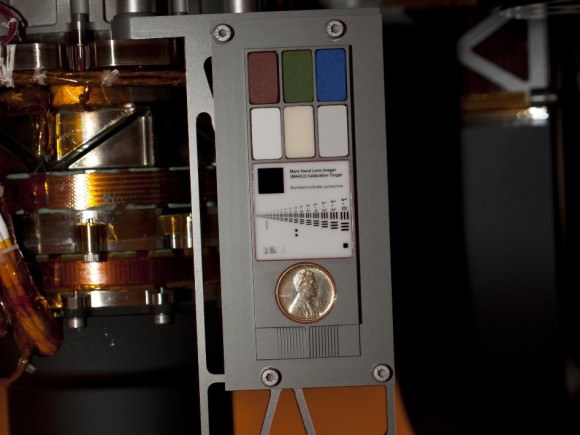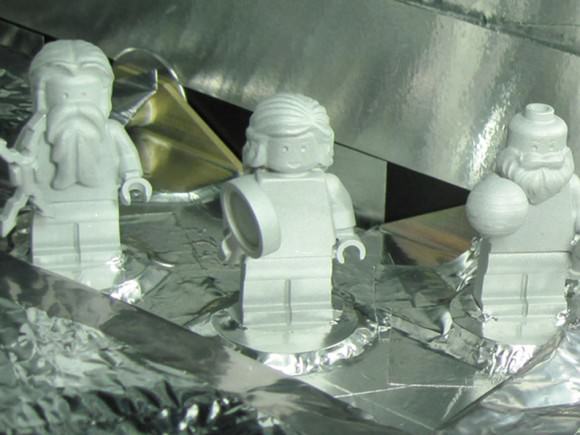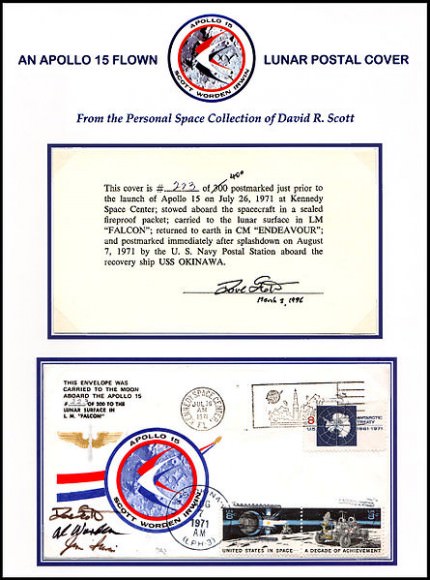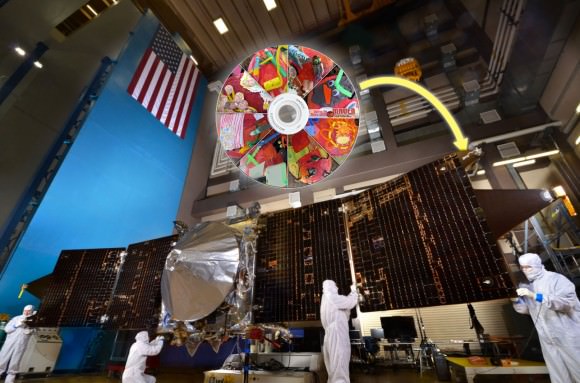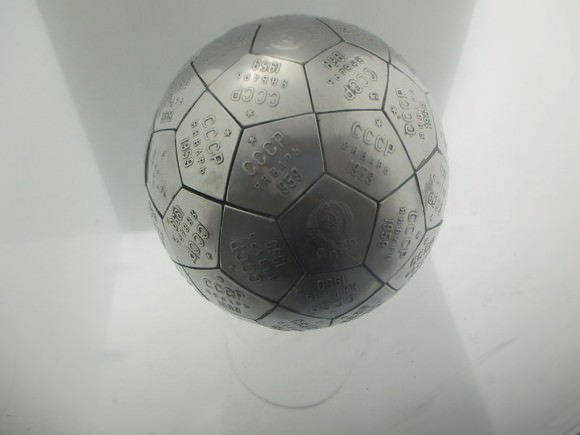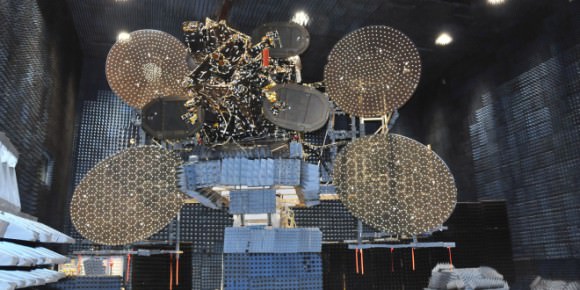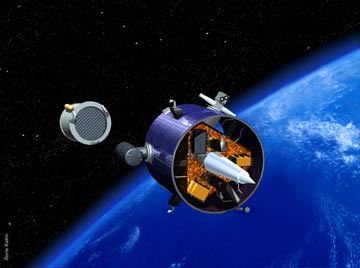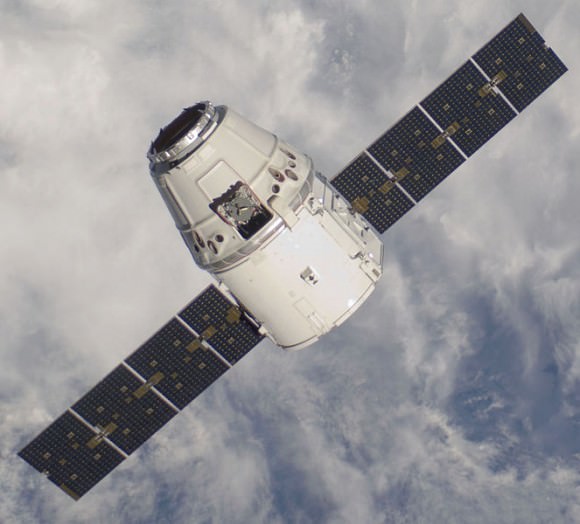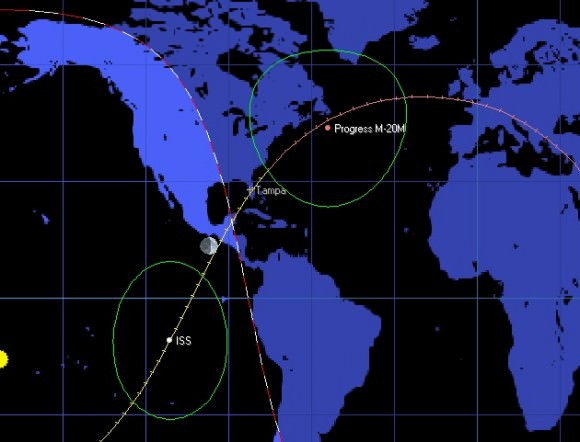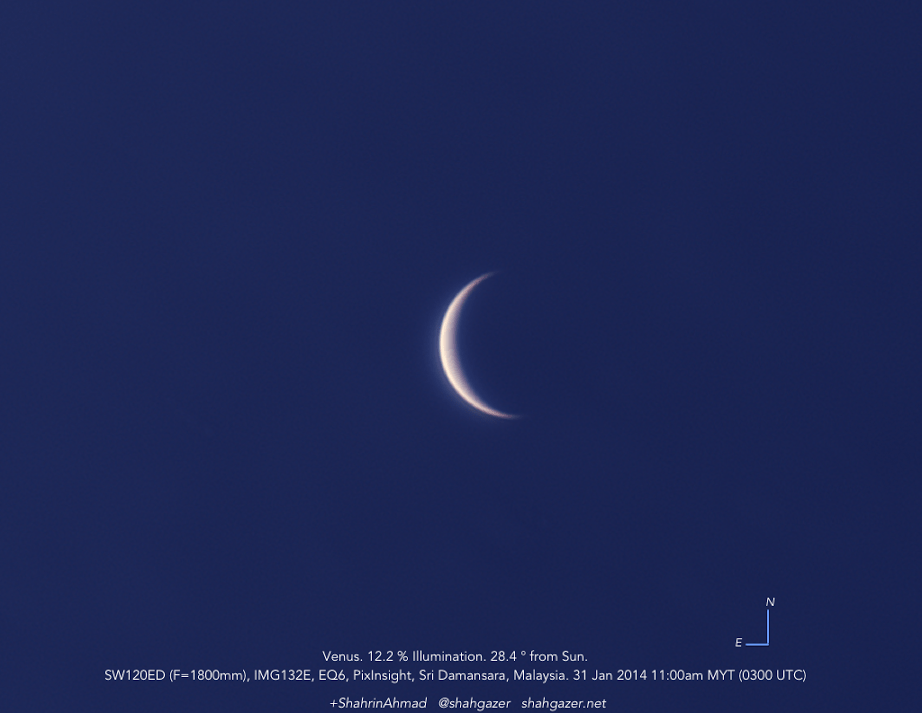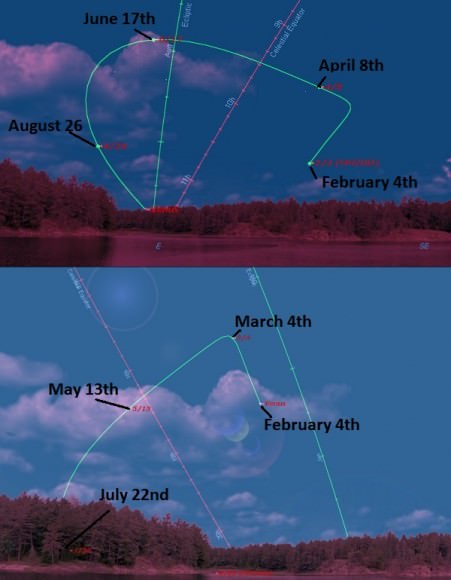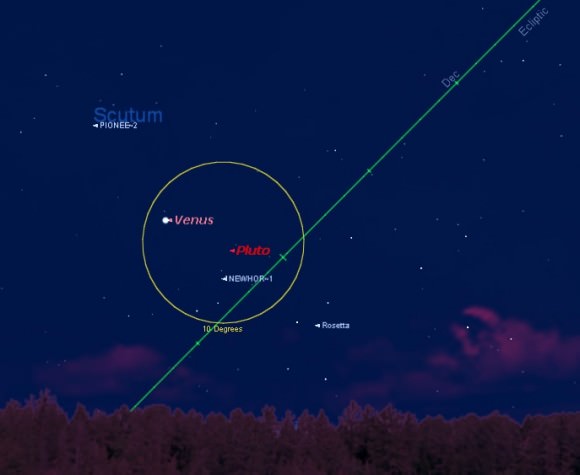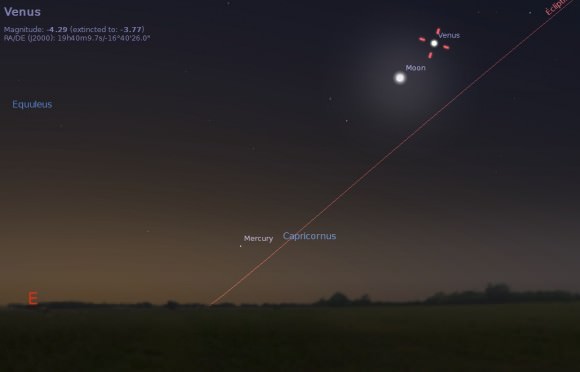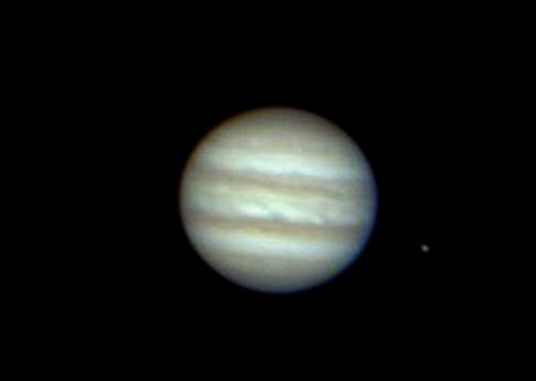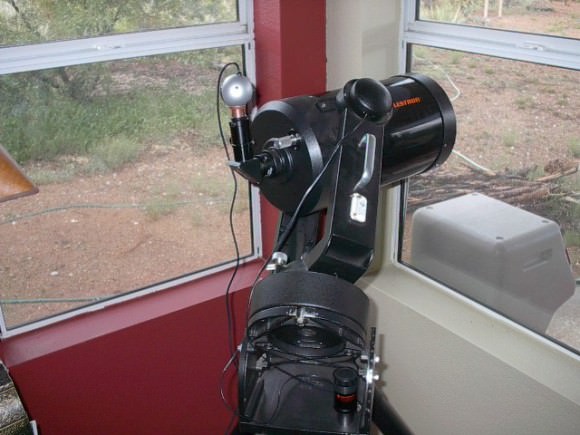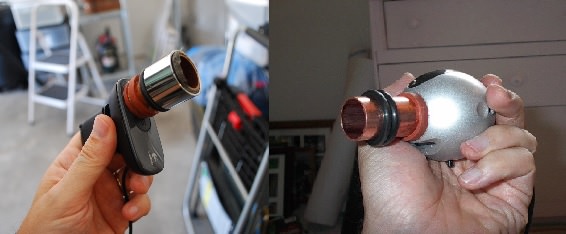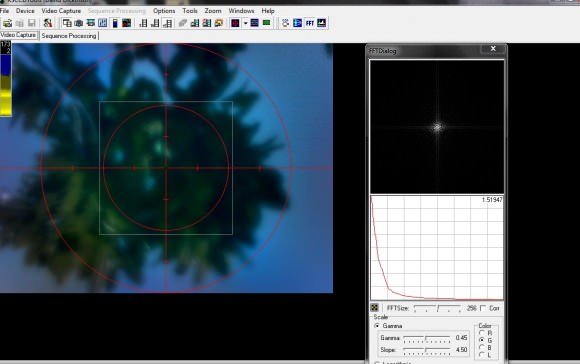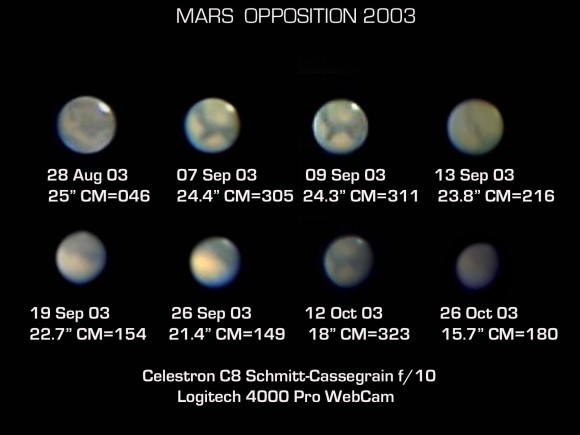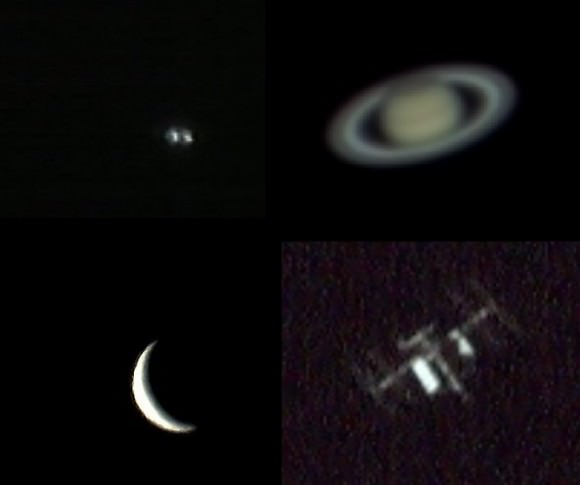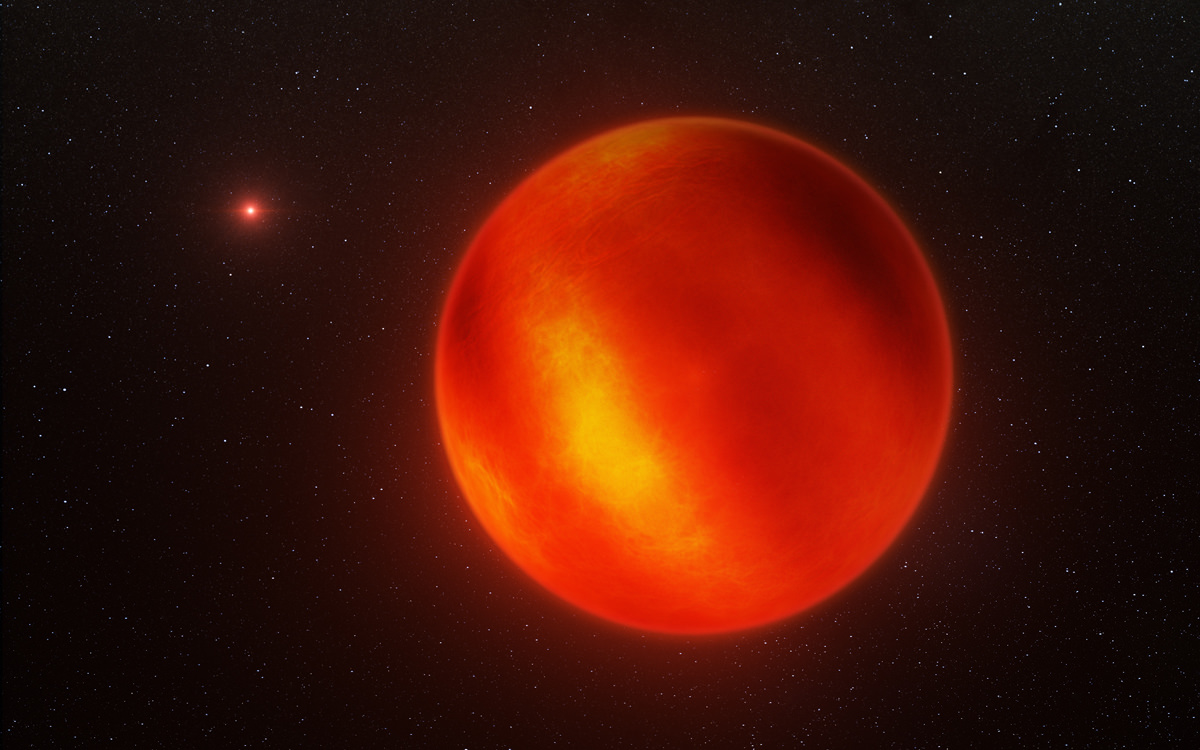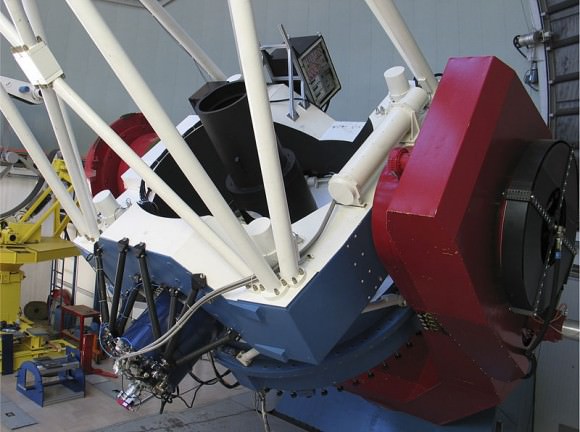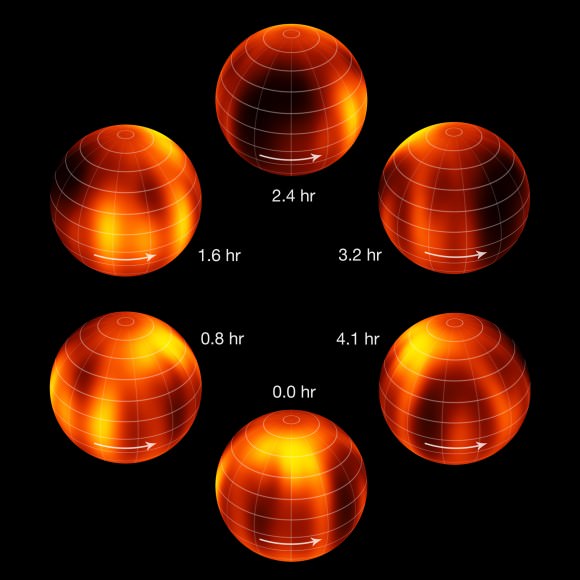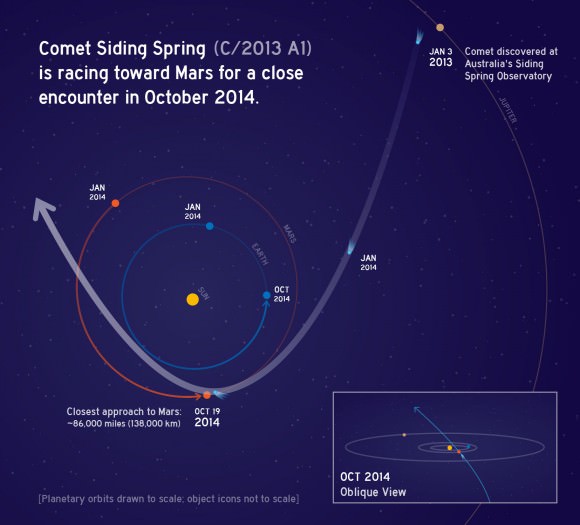Looking for something off of the beaten celestial path to observe? The coming weeks will offer telescope users a rare chance to catch a well known asteroid, as it puts on its best show for over two decades.
Over the coming weeks, 2 Pallas, one of the “big four” asteroids – or do you say minor/dwarf planet/planetoid? – reaches a favorable observing point known as opposition. Gliding northward through the constellations of Hydra and Sextans through February and March 2014, 2 Pallas presents a favorable binocular challenge for both northern and southern hemisphere observers as it rises to the east opposite to the setting Sun and transits the local meridian around midnight.
And although 2 Pallas reaches opposition roughly every 16 months as seen from our Earthly vantage point, 2014 provides a chance to catch it under exceptional circumstances. And to top it off, the other “Big 4” asteroids – 1 Ceres, 3 Juno and 4 Vesta – are all currently visible as well and reach opposition in the January through April time frame.
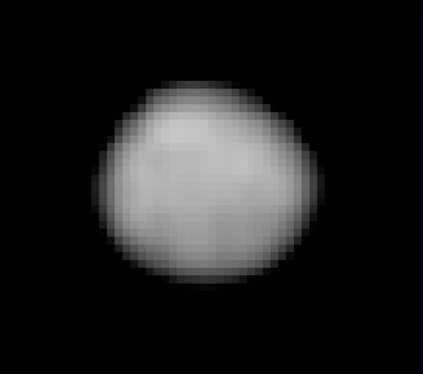
Pallas and its brethren also have a checkered history though the course of 19th century astronomy. The second minor planet to be discovered, Heinrich Wilhelm Olbers spied 2 Pallas near opposition on the night of March 28th, 1802. Olbers made this discovery observing from his home rooftop observatory in Bremen, Germany using a five foot – telescopes were often measured in focal length rather than aperture in those days – Dollond refractor.
Olbers discovered 2 Pallas on the border of the astronomical constellations of Virgo and Coma Berenices shining at magnitude +7.5.
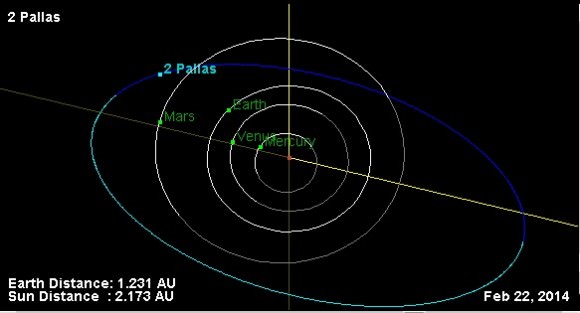
If the name Olbers sounds familiar, it’s because he also lent it to the paradox that now bears his name. Obler’s paradox was one of the first true questions in cosmology posed in a scientific framework that asked: if the universe is actually infinite in time and space, then why isn’t the sky infinitely bright? And, on a curious side note, it was American horror author Edgar Allan Poe that delivered the answer.
But now back to our solar system. Olbers also discovered 4 Vesta just five years after Pallas.
He was definitely on a roll. The discoveries of these space rocks also grabbed the attention of Olbers contemporary, Johann Bode. Bode had formulated a law now known as the Titus-Bode Law that seemed to put the spacing of then known bodies of the solar system in tidy order. In fact, the Titus-Bode law seemed to predict that a body should lie between Mars and Jupiter, and for a brief time in the 18th century — and again in 2006 when the International Astronomical Union let Eris and Pluto in the door before kicking them back out — Ceres, Pallas, Juno and Vesta were all considered planets.
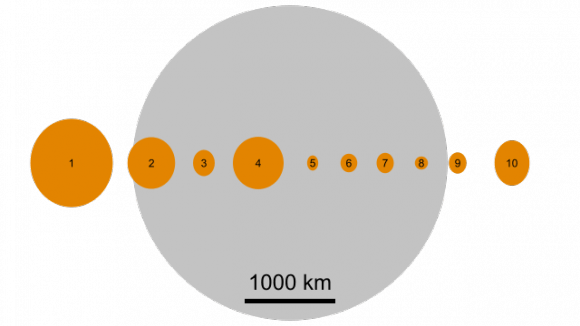
Today, we now know that 2 Pallas is a tiny world about 575 kilometres in diameter. 2 Pallas orbits the Sun once every 4.62 years and has a relatively high inclination of 34.8 degrees relative to the ecliptic. Pallas has no confirmed satellites, though one was once hinted at during a May 29th, 1979 stellar occultation. And though we’ve yet to send a mission to examine Pallas up close, there were early planning considerations to send NASA’s Dawn spacecraft there after its visit to 1 Ceres.
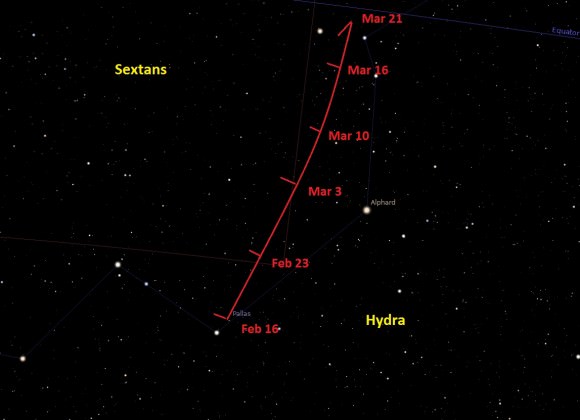
This month, look for 2 Pallas as a +7th magnitude wandering star at dusk. Mid-February finds 2 Pallas in the constellation Hydra, and it crosses briefly into Sextans starting on March 22nd until it passes just three degrees east of the 2nd magnitude Alphard (Alpha Hydrae) on March 1st, making a good guidepost to find it at its brightest.
2 Pallas last broke +7th magnitude visibility as seen from Earth in 1991 and won’t do so again til 2028. This is because 18.5 Earth years very nearly equals four orbits of Pallas around the Sun, bringing the two worlds back “into sync.” According to calculations by Belgian astronomer Jean Meeus, the 2014 opposition season offers the closest passage to Earth for Pallas from 1980-2060. Pallas can appear at a maximum brightness of magnitude +6.5 — just on the threshold of naked eye visibility — as seen from Earth.
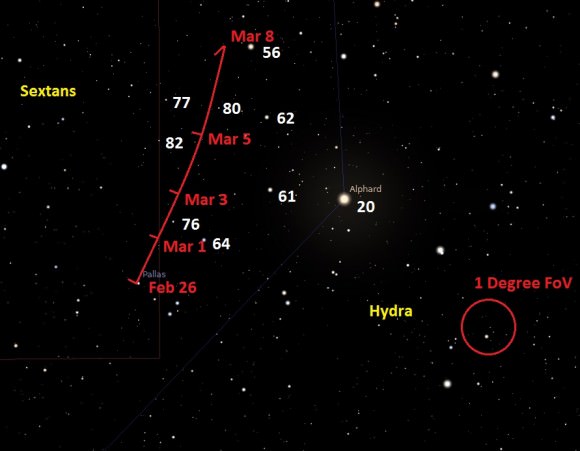
Opposition for Pallas occurs on February 22nd, 2014, when the asteroid is 1.23 AUs distant from our fair planet. Watch for 2 Pallas near opposition this year moving at just under half a degree a day — about the diameter of the Full Moon — headed northward at closest approach.
Hunting asteroids at the eyepiece can be a challenge, as they visually resemble pinpoint stars and show no apparent disks even at high magnification. Sketching or photographing the field of view on successive nights is a fun and easy way to cross this object off of your life list. For those who own scopes with digital setting circles, Heavens-Above is a great quick look source for current coordinates.
2 Pallas just passed perihelion at 2.13 Astronomical Units from the Sun on December 6th, 2013, and passes closest to Earth on February 24th at 1.2 A.U.s distant.
Don’t miss the chance to spy this fascinating an enigmatic worldlet coming to a sky near you this season!
-Got pics of 2 Pallas and friends? Be sure to send ‘em in to Universe Today!

